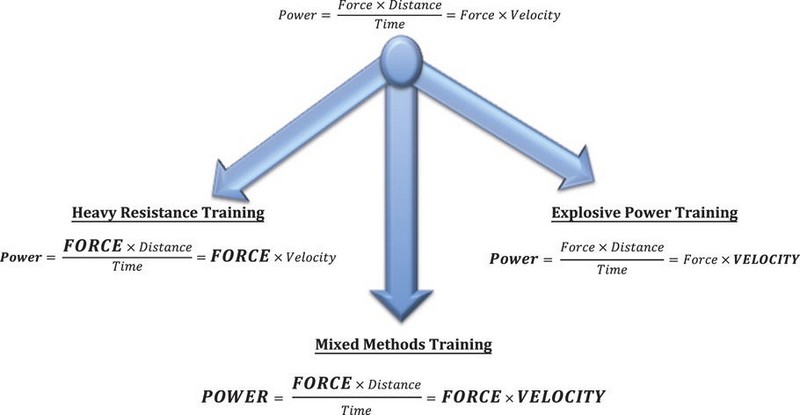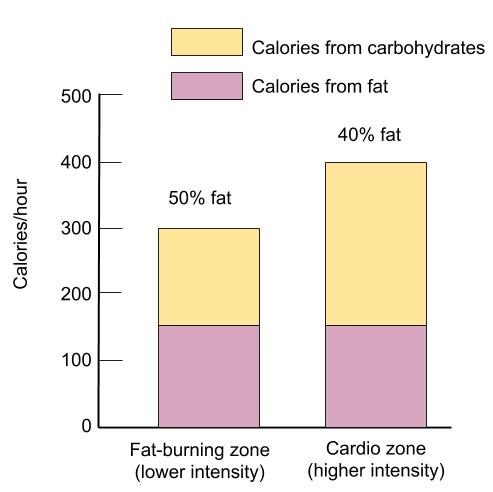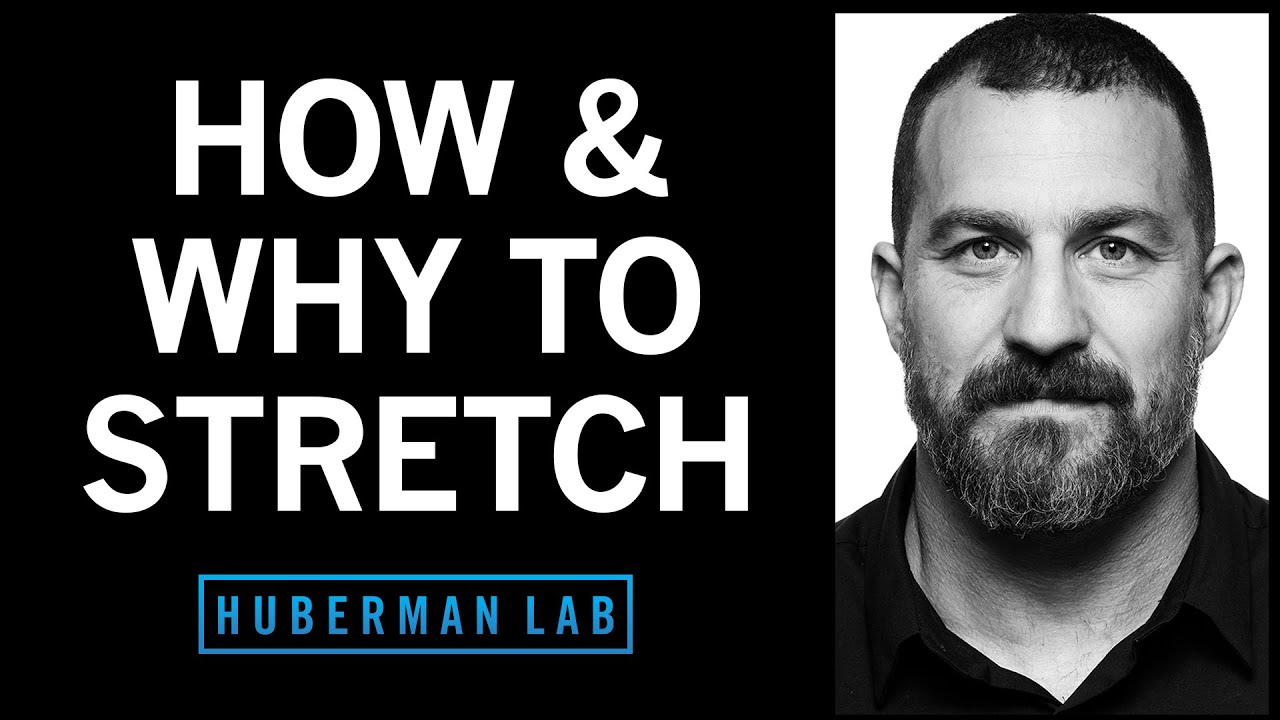- The differences between strength, power, and force to develop a training program for optimal longevity.
- Energy sources that muscles use and the vital role that protein plays in this process.
- Analyzing various sports and their athletes.
- Advice for those looking to improve their strength and functional movement for longevity.
- Looking at the shifts in muscle and muscular function as we age.
The Science of Strength, Muscle, and Training for Longevity (Part I)
The Science of Strength, Muscle, and Training for Longevity (Part I)

- Engaging in a variety of strength training is the best approach to enhancing strength and functional movement.
- To improve your physical performance, train your body to use both fat and carbs as fuel sources through a balanced diet and regular exercise routine.
- Performing anaerobic and aerobic exercises is vital to increase your longevity. This approach enhances your health and strength and minimizes the risk of chronic disease.
- For those getting back into fitness, perform strength training at least 3 times a week, along with a minimum of 2 hours of Zone 2 aerobic exercise.
- It is recommended to prioritize gaining physical fitness before building muscle mass.
- Building baseline fitness will ultimately pay off in the long run and help prevent injury.
Strength, Power, and Force; What’s the Difference
Some people are unaware of the differences between strength, force, and power and that those differences matter when designing your training program. Whether you’re lifting weights, moving something heavy, or trying to build muscle, each activity requires its own approach.
Strength
Strength is defined as the capability to apply force, measured in Newtons, to overcome resistance. In practical terms, strength or “resistance” training helps you develop the ability to overcome resistance by moving as much weight as possible for a specific number of reps. Simply put, the goal is to move the weight from A to B. Contrary to popular belief, strength training is not just for those looking to build big muscles. It also enhances longevity and provides the necessary strength for daily tasks.
Power
Power is defined as the amount of energy used per unit of time, which is calculated through the formula Power = Work/time. Consider this in practical terms; the faster you complete a task, the more power you generate.
For example, you’re training for power if:
- You lift weights rapidly and with heavy resistance
- Punch with great force, or
- Throw a ball at high speed.
Simply put, power is the ability to deliver a significant amount of energy rapidly.
Force
Force is calculated by multiplying how heavy something is by how fast it’s moving. When we talk about force, we’re talking about being able to transfer energy into something else. It doesn’t matter how fast you do it; what matters is how much energy you transfer.
Having an adequate amount of force is crucial for daily activities and exercise. Those who engage in strength training must emphasize this aspect to enhance their physical capabilities and increase their lifespan.

Source: https://www.semanticscholar.org/paper/Training-Principles-for-Power
Fueling Your Muscles For a Longer Life
Achieving peak performance and promoting longevity requires the ability to effectively switch between carbs and fats as fuel sources to accommodate varying physical demands.
Although protein is essential for the growth and upkeep of muscle tissue, it is not the body’s primary fuel source. While protein contributes to energy production, carbohydrates and fats are the primary fuel sources for the body during exercise.
However, consuming adequate amounts of protein is crucial for muscle repair and growth, especially if you exercise regularly or have a physically demanding job.
When you look at people throughout their lives and group them based on muscle mass, you’ll notice that those with more mass generally live longer. That said, strength and body fat are a much more accurate indicator of a person’s lifespan.

Source: https://openoregon.pressbooks.pub/nutritionscience/chapter
Comparing Different Athletes
To evaluate athlete skills, consider those excelling in strength and performance across different disciplines. This reveals true physical mastery.
For example, powerlifters are considered the strongest athletes because they can lift the maximum weight in a single rep. This requires dedication, training, and technique. Competitions involve squats, bench presses, and deadlifts, with the total weight lifted determining the winner. It’s a challenging and demanding sport that requires strength, skill, and guts.
When it comes to Olympic weightlifting, the challenge lies in attempting a one-rep max while maintaining exceptional coordination. This is due to the unique nature of the movement, which demands explosive power.
Then we have the strongman. This is an individual repeatedly picking up and throwing boulders. This sport demands considerable strength and endurance, as the boulders are heavy, and throwing them constantly is physically taxing.
CrossFit athletes are known for their strength, agility, and endurance. On the other hand, bodybuilders have big muscles and look impressive, yet sprinters are more efficient because they’ve optimized their movements.
Athletes come in different shapes and sizes, and each sport requires specific skills. Remember, this is vital when it comes to appreciating the unique abilities of athletes.
Training Tips; Building Back To Fitness
When starting back on your fitness journey, focusing on building muscle and increasing strength is important. This type of training, called “hypertrophy training,” will help you lay a solid foundation for more advanced workouts.
It also helps to prevent injuries by strengthening your muscles and supporting your joints. By including hypertrophy training in your routine, you can achieve your fitness goals safely and effectively.
To Prevent Injury or Exhaustion:
- Slowly increase the intensity and duration of your workouts.
- Listen to your body.
- If you feel like you need a break, TAKE ONE.
Additionally, be careful when performing complex movements that involve lowering the weight too low, such as deep squats, as this can cause soreness and serious injury. As a matter of fact, early on, it’s best to avoid these movements entirely.
Developing consistent and practical movement patterns will help you progress to more challenging workouts and make your daily activities easier.
These patterns should focus on everyday functional movements like:
- Bending
- Pushing
- Pulling, and
- Lifting.
You will become stronger and more flexible by gradually increasing the frequency and intensity of these movements. Remember, the key to building base fitness is being consistent and patient.
Success is the sum of small efforts repeated day in and day out.
Robert Collier



